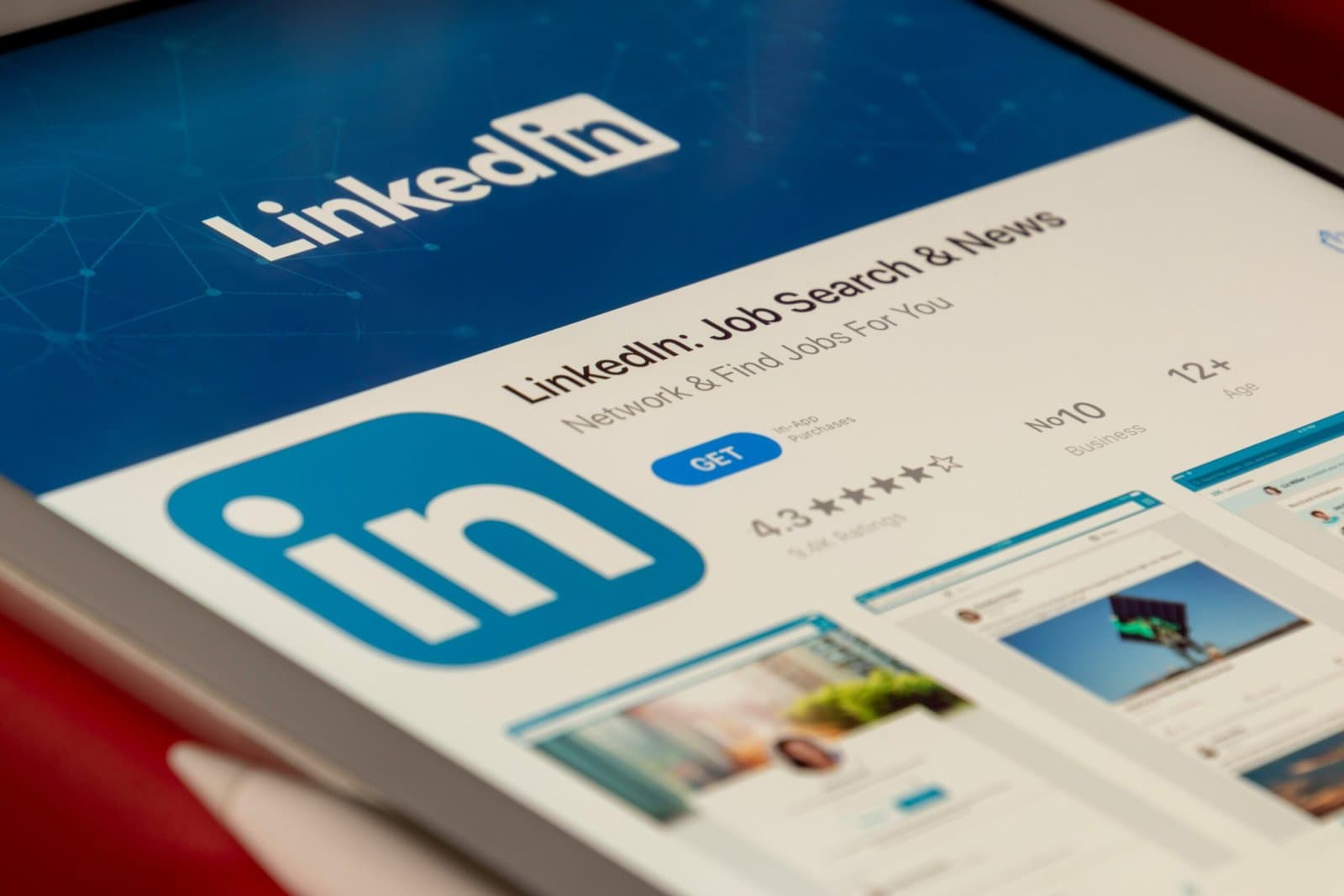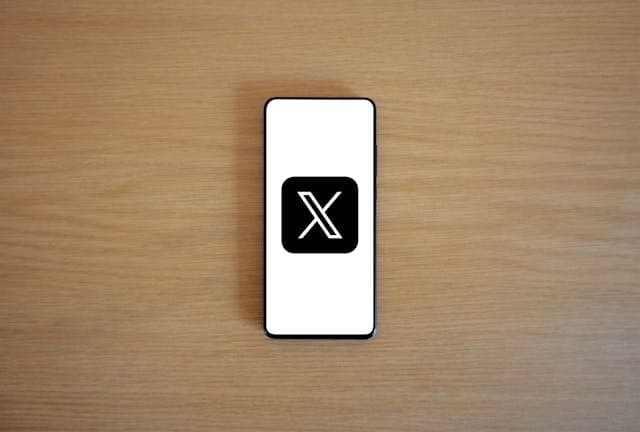
SEO for the Nigerian Market: How to Rank on Google (Even if You’re a Small Business)
Let’s be real: in today’s digital Nigeria, if your real estate listings don’t show up on Google, you’re losing money. When a potential buyer in Lagos is searching for “3-bedroom apartment for rent in Lekki,” or an investor in Abuja is looking for “land for sale in Guzape,” are they finding your properties or your competitor’s? Many real estate agents and developers in Nigeria believe that ranking on Google is a complex, expensive game reserved only for big, established firms. The truth is, that’s a myth. With the right strategy, a small agency can compete with the giants and win in local search results. This guide is your roadmap to demystifying SEO for the Nigerian real estate market. We’ll break down the essentials, from finding the right keywords that serious buyers and renters use, to simple steps you can take today to increase your properties’ visibility on Google. Get ready to stop relying solely on referrals and turn your website into a powerful, lead-generating machine. Mobile Optimisation…Because Nigerians Are Always On The Go It’s no secret that the majority of internet users in Nigeria access the web primarily through their mobile phones. If your website is slow, difficult to navigate, or looks broken on a smartphone, you’re not just providing a poor user experience; you’re actively hurting your SEO. Google prioritises mobile-friendly websites, so a site that is responsive and loads quickly is more likely to rank higher in search results. For a real estate agent, this means ensuring your property listings and contact forms are just as easy to view and use on a phone as they are on a computer. A potential client on a bus in Lekki should be able to smoothly browse your properties and call you directly from their phone. Build Your Authority with Local Citations and Backlinks In the world of SEO, authority is built on trust, and one of the best ways to earn Google’s trust is by having other credible websites link back to yours. This is where local citations and backlinks play a crucial role. A citation is a mention of your business’s Name, Address, and Phone number (NAP) on another website, like a local business directory. Ensuring your real estate agency is listed on reputable Nigerian directories, such as VConnect or Finelib, is a great start. Additionally, a backlink, a direct link from another site to yours, is a powerful signal. You can earn these by guest posting on local blogs about property trends or by partnering with a local mortgage broker to be a resource on their website. The more high-quality, local links you have, the more authoritative your agency will appear to Google. The Power of Online Reviews: Your Digital Word-of-Mouth In Nigeria, word of mouth is a powerful marketing tool, and in the digital world, that’s what online reviews represent. When potential clients search for “real estate agent in Victoria Island,” Google often highlights businesses with a high number of positive reviews. Make it a part of your business process to ask satisfied clients to leave a review on your Google My Business profile. Respond to all reviews, both positive and negative, professionally and politely. This not only shows prospective clients that you’re an engaged and trustworthy business but also signals to Google that your business is active and cares about its reputation, which can directly improve your local search ranking. Harnessing the “Near Me” Search with Geo-Targeted Pages People are increasingly using “near me” searches to find local services. As a real estate business, you can leverage this by creating specific landing pages for each of your key locations. Instead of just having a general “Properties” page, create dedicated pages for “Properties in Lekki,” “Homes for Sale in Ikeja,” and “Land for Sale in Abuja.” Each of these pages should be rich with content that speaks to that specific area, including local landmarks, market trends, and a curated list of properties. This strategy helps you rank for precise, high-intent searches and proves to Google that you are a local expert in those precise locations. Technical SEO Basics: Making Your Website “Speak” to Google While all of the above strategies focus on content and credibility, technical SEO also plays a significant role. This is about making sure Google can easily crawl, understand, and index your website. A few key technical points to focus on include ensuring your website loads fast, that your property listings have unique and descriptive URL slugs (e.g.,https://ravenandmacaw.com/about/# ), and that you use proper title tags and meta descriptions for every page. These small but crucial details help Google understand exactly what your website is about, which is a fundamental part of getting it to rank for your desired search term. Do you plan on using SEO to boost sales and conversions for your business? Book our meeting with us today to get started.









